Eddie Collins
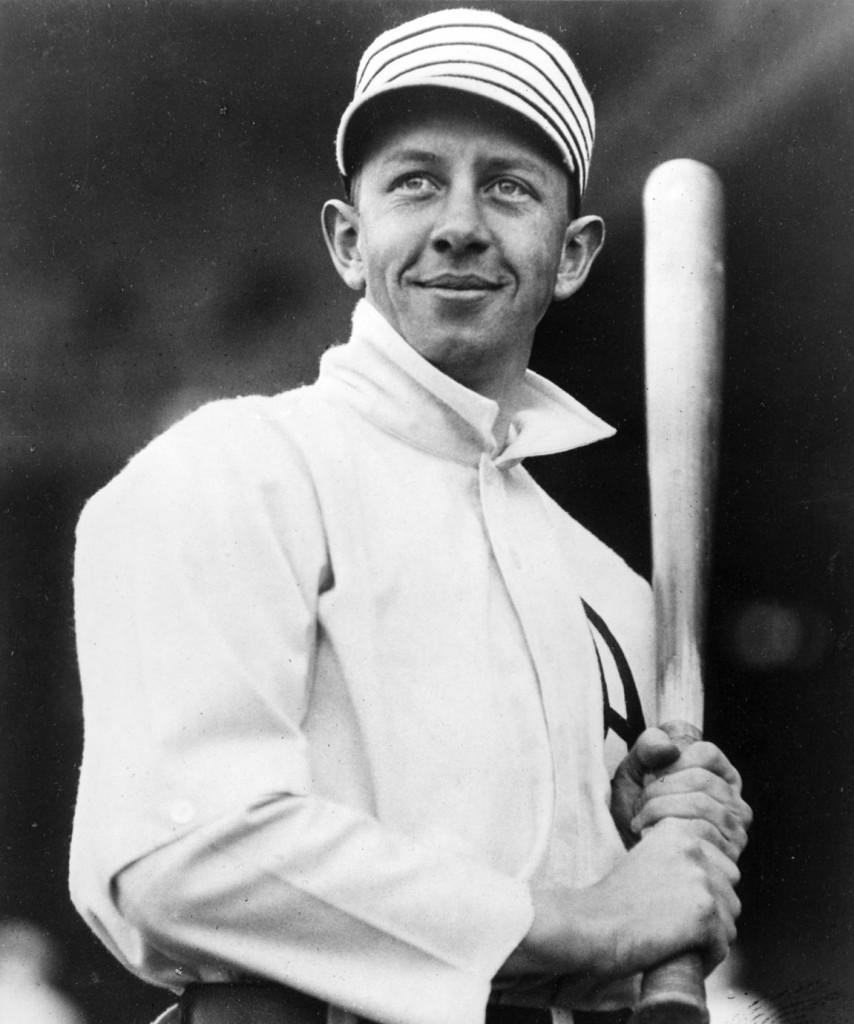
| Birthdate | 5/2/1887 |
| Death Date | 3/25/1951 |
| Debut Year | 1906 |
| Year of Induction | 1939 |
| Teams | Athletics, White Sox |
| Position | Second Base |
Eddie Collins is 13th all time in career Wins Above Replacement and 10th among positions players. The 1914 MVP finished with 3,315 hits.
Leave a commentIn the collection:
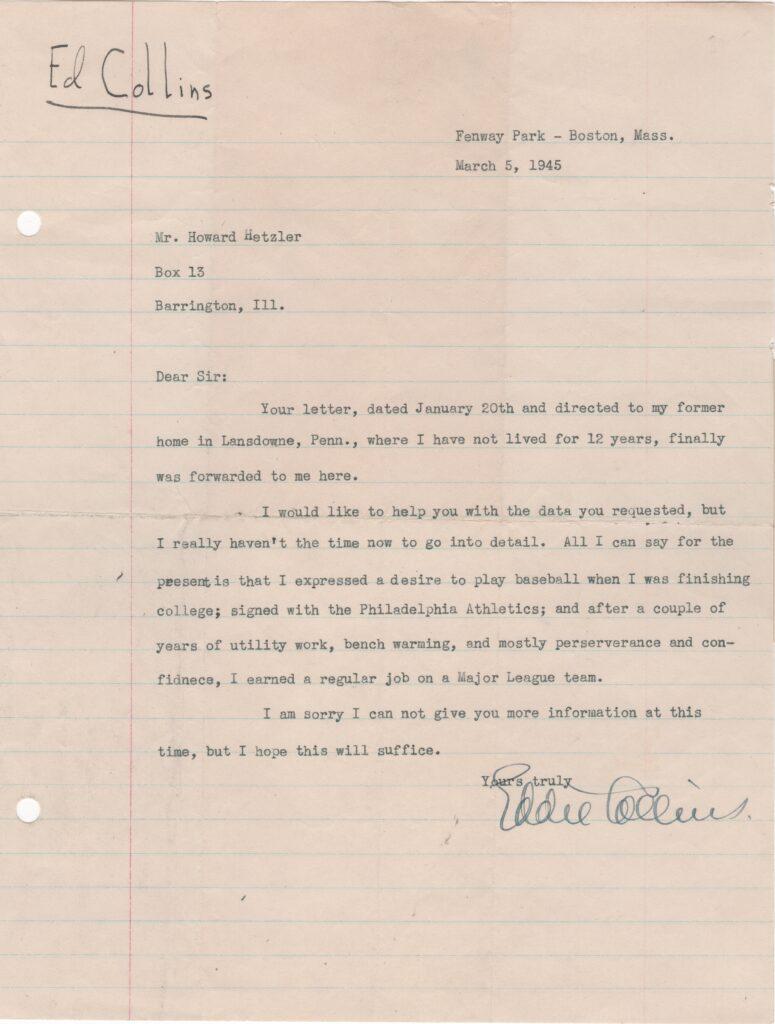
Columbia grad Eddie Collins got his start as a utility man with Connie Mack's 1906 Athletics
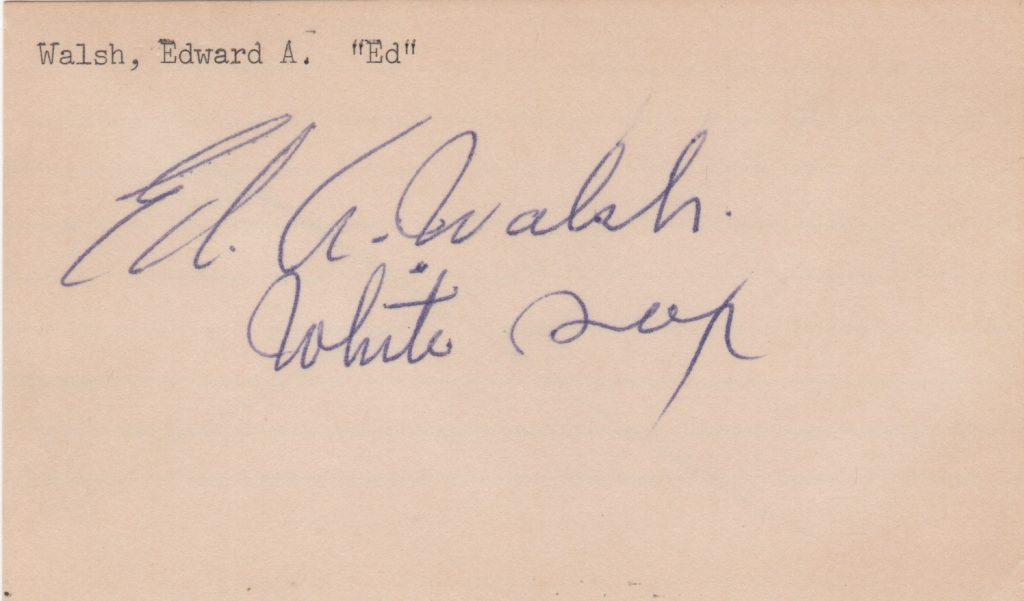
In Collins' first big league at bat he got a bunt single off of MLB's career ERA leader Ed Walsh
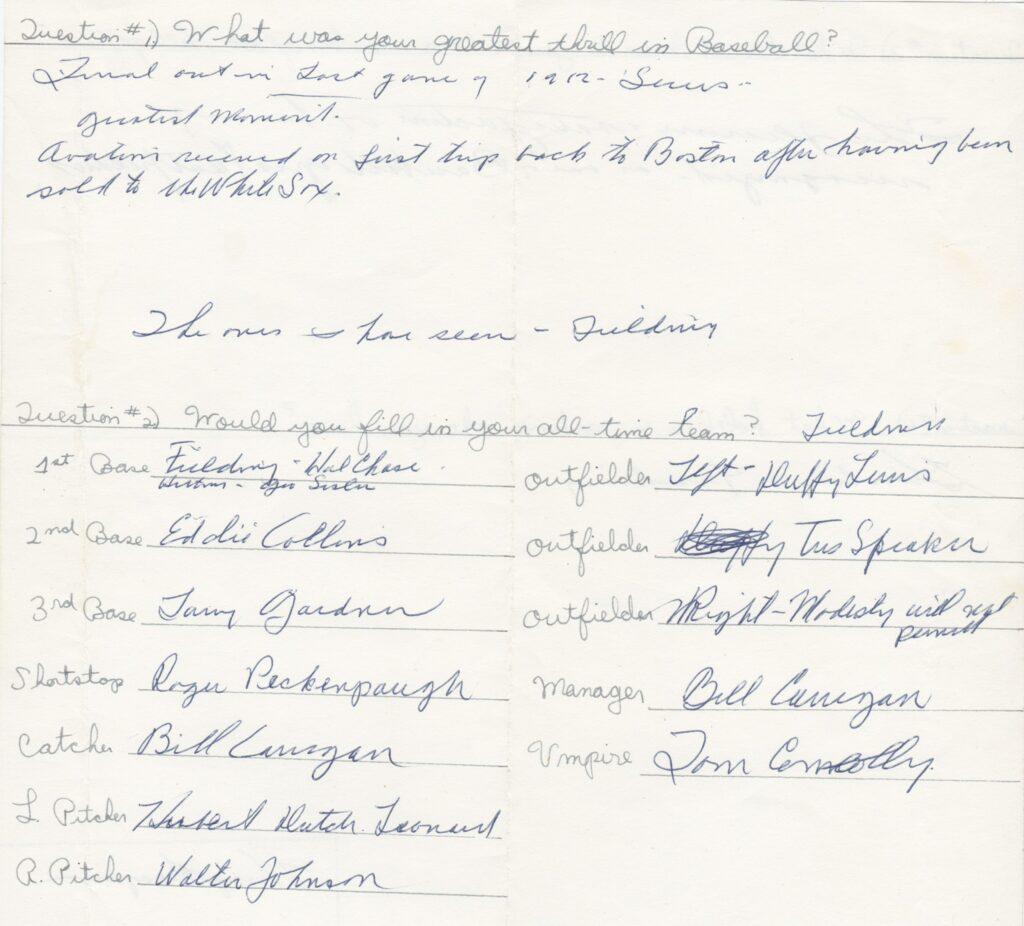
Harry Hooper picks his all-time team; teammate Eddie Collins is his choice at second base
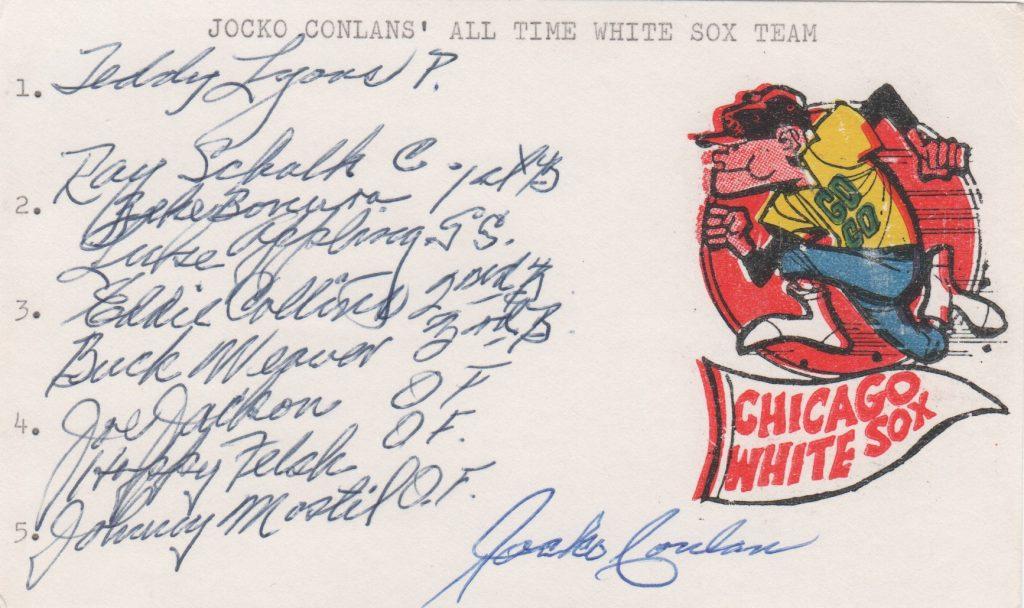
Hall of Fame umpire Jocko Conlan chose Collins for his all-time White Sox team
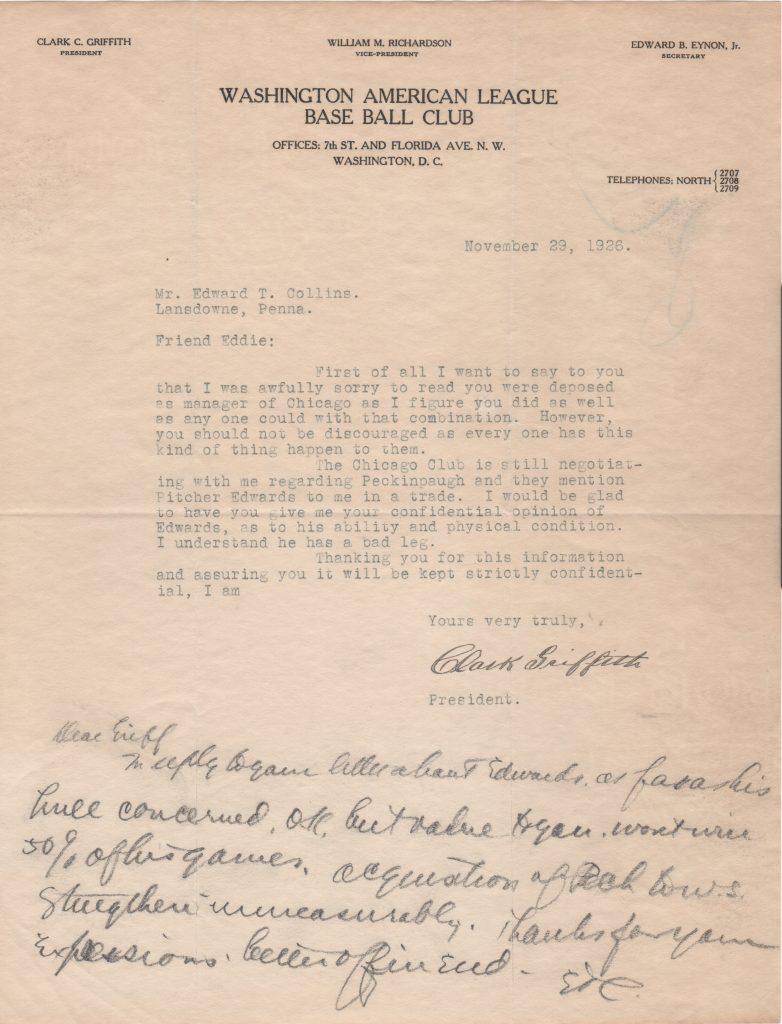
Collins tried his hand at managing from 1924 through 1926 for the White Sox
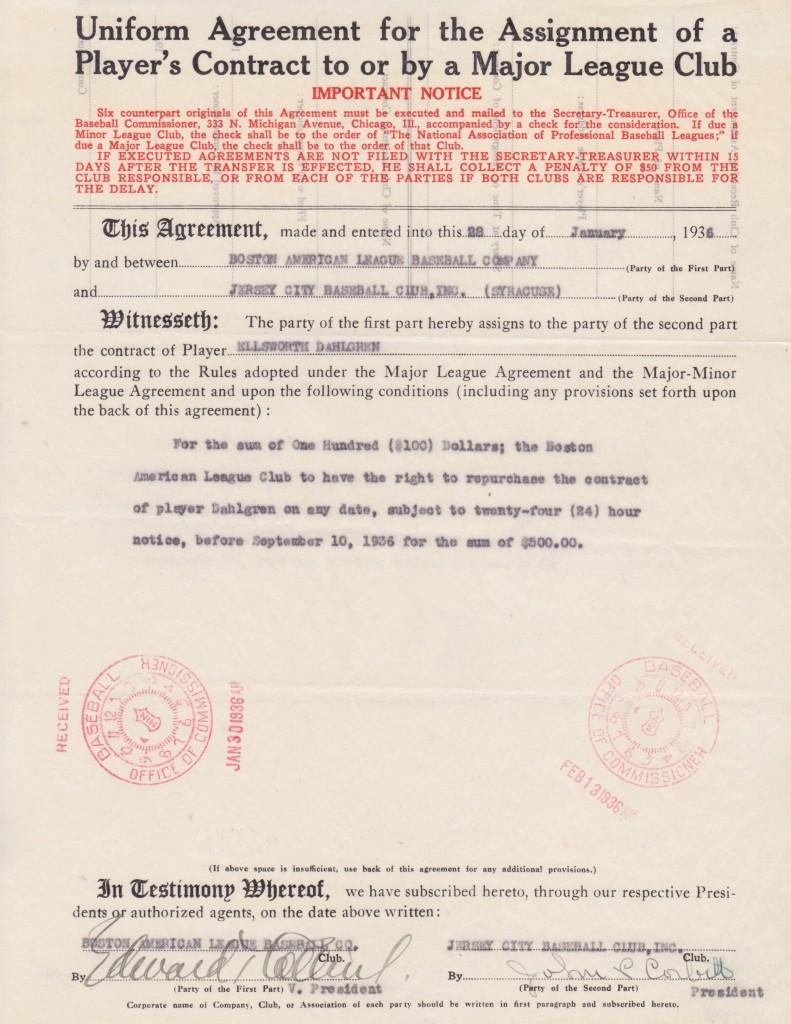
As Boston GM Collins sent Gehrig-replacement Babe Dahlgren to the minors
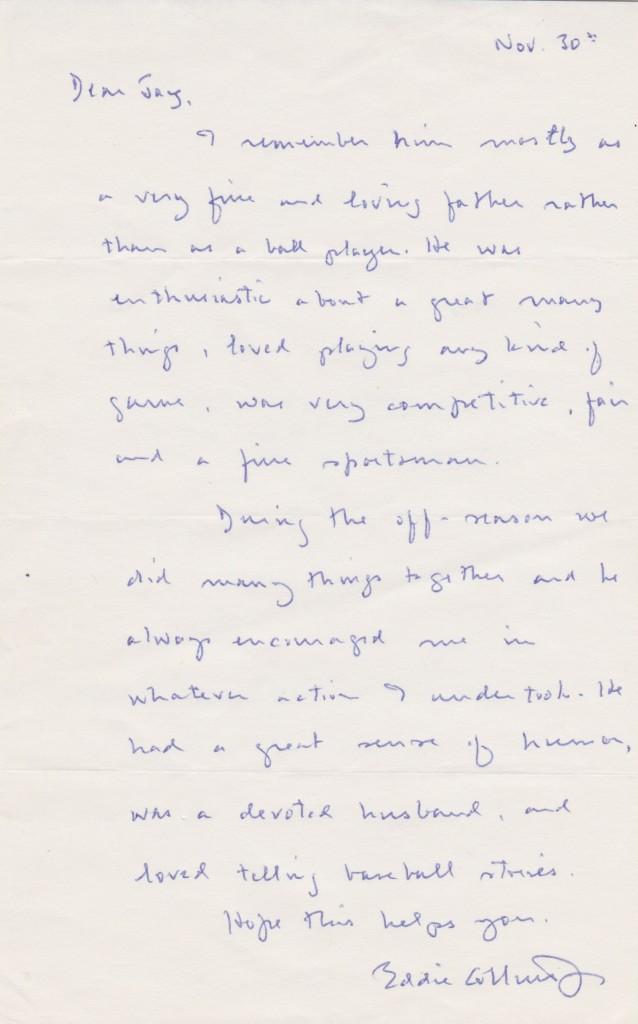
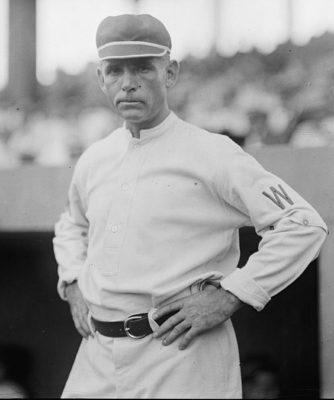
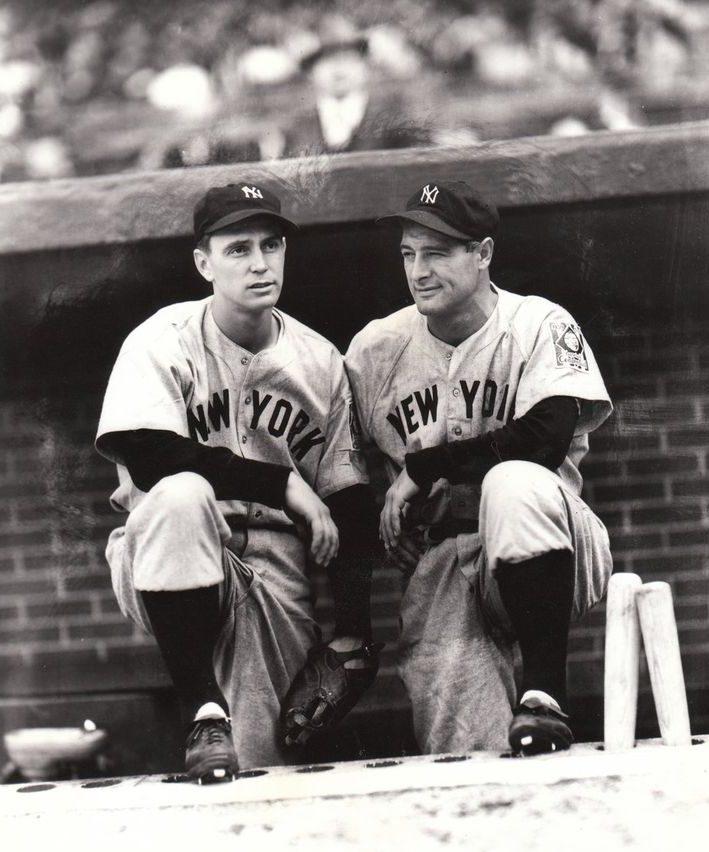
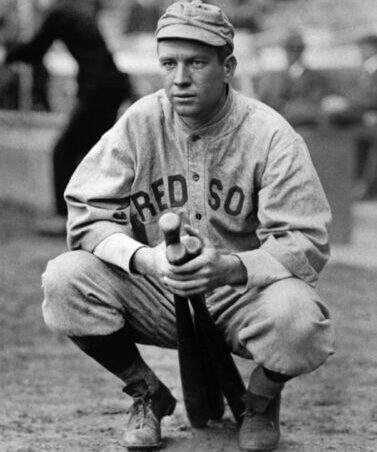
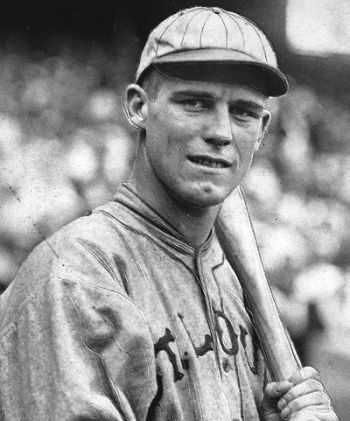
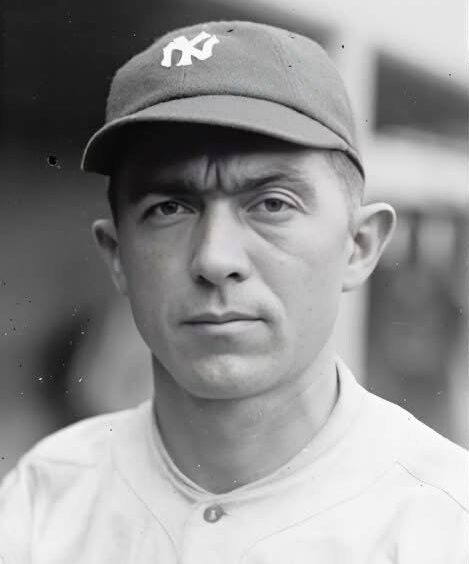
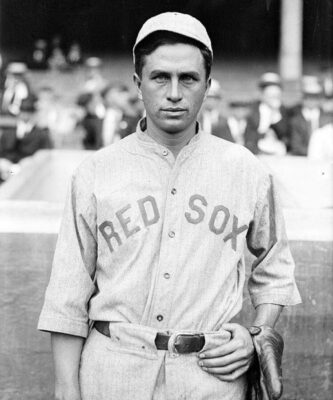
Do you have any information about the family background of Eddie T Collins? His eyes look just like my late father’s, Danny Collins of the Colorado Motorsports Hall of Fame.